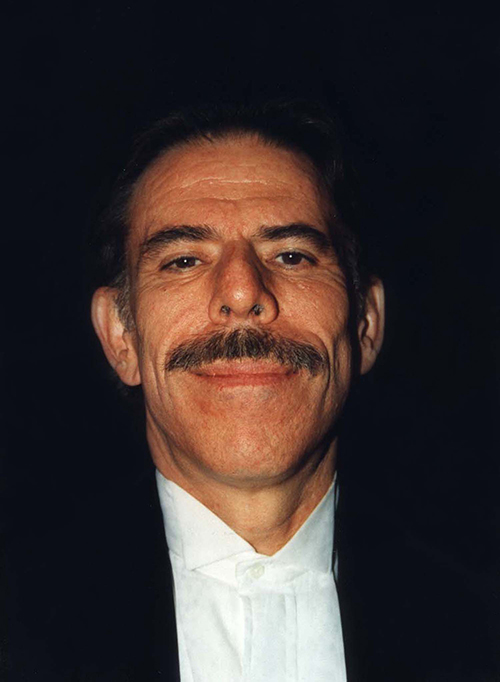
Particularly true for contemporary art is the inextricable connection between artists, pop culture, politics and spirituality, for which there is no better paradigm than visionary artist Peter Max. Max is hailed as one of the pioneers of Neo-expressionism, which rebelled against the minimalism and subtlety of art in the 1970s and portrayed familiar objects with shameless flamboyance and vividity. Max was particularly drawn to the idea of sound and color existing in synchronicity, a concept called synesthesia in which experiencing one evokes the feeling of the other. This warped sense of perception is useful in understanding the unique appeal of Max’s art, which seems to almost besiege one’s senses. Max rarely painted without some form of sound or music aiding his craft.
Max’s art was heavily inspired by the clean-cut, sharp, bold lines of comic illustrations, and he would often use the same blueprint to create his own pieces. And yet, his works were far more complex than that: Max’s signature style was a blend of his many passions, including spirituality, colorism, music and philosophy.
Born on October 19, 1937 to German Jews Jakob and Salla, Max and his family fled Germany and settled in Shanghai for over a decade, which gave Max the opportunity to develop an admiration for Chinese art and architecture, including the “calligraphic ballet” of the Buddhist temple near his home. In 1948, the family moved to Haifa, Israel, where Max studied art under the instruction of a Viennese artist named Professor Hünik. His lessons with him would prove invaluable in shaping Max’s approach to color theory and colourism, and he became aware of the power of color manipulation. When his family eventually settled in Brooklyn, Max tried his hand at photorealism, which had enamored him since he had seen the work of artist Adolphe-William Bouguereau at the Louvre. However, after spending years perfecting his craft by learning anatomy and drafting through various courses, he decided he was more interested in art which challenged his imagination.
In 1961, Max garnered outstanding success with his graphic design venture, which gave him room to reinvent his style and begin experimenting with colorful, psychedelic art. Advertisers couldn’t get enough of the boldness and modernity of his prints, and he was commissioned by magazines and companies across America to create posters and prints for them. He became an icon in the world of graphic design, which was thoroughly en vogue, and his designs could be recognised everywhere. One of his posters was even adapted for Milos Forman’s Oscar-winning film, “Hair”. Max won a number of awards for his designs and illustrations, including an award for creating an album cover for Blues pianist Meade Lux Lewis.
Max would later shut down his graphic design workshop and take a nearly 2 decade long sabbatical in which he focused on family and painting. Max used his art as a conduit for his patriotism, his love for the environment and passion for human and animal rights. Following the September 2001 attacks, Max donated the proceeds from six posters to relief funds, and would continue supporting various humanitarian causes throughout his life with his art.
Max’s iconography has proved to have an enduring impact on pop culture and contemporary American art, and his work will forever be reminiscent of the exuberant essence of the 1960s and 1970s.
Image credit: Kingkongphoto & www.celebrity-photos.com from Laurel Maryland, USA, CC BY-SA 2.0, via Wikimedia Commons

